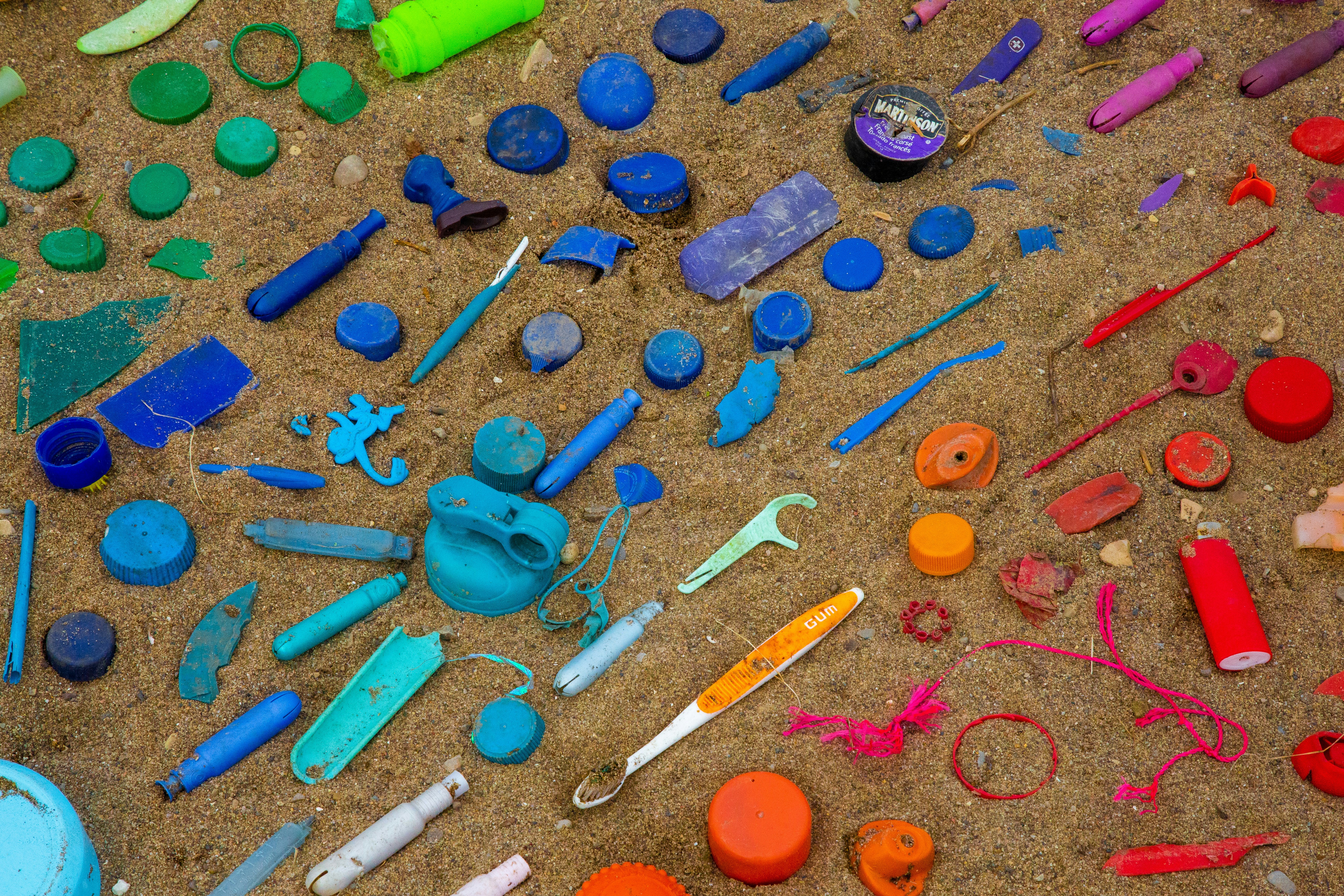Media release
From:
Construction materials and household items are a part of a long-term carbon sink called the “technosphere”
We know a lot about how much fossil-derived carbon is emitted to the atmosphere but less about how much is stored in human-made products. In a study publishing December 20 in the Cell Press journal Cell Reports Sustainability, ecological economists estimate that each year, humans add around 400 million tons of fossil carbon to long-lasting products such as plastics, buildings, and human infrastructure. Although these products could be considered a “carbon sink,” proper waste management is essential to prevent them from becoming environmental hazards.
“We have accumulated more carbon in human-made stuff on the planet than there is carbon in the natural world, but we completely overlook it, and those stocks get bigger and bigger,” says ecological economist and senior author Klaus Hubacek (@KlausHubacek) of the University of Groningen. “The message is to look at stocks rather than just flows.”
Little is known about the stocks of fossil carbon in the “technosphere”—the sum of all human-made artifacts, both in use and discarded. To estimate these stocks, and how they change from year to year, the researchers used publicly available data on the material inputs and outputs from different economic sectors globally for 2011 (the only year for which such material data exist at the global level).
Then, they calculated the amount of carbon flowing in and out of different sectors by using the average carbon content of different products—for example, plastics are estimated to contain 74% fossil carbon on average. The analysis considered not only final products, such as durable plastics and bitumen, but also fossil carbon-based feedstocks that are used as intermediate products in different industries.
They found that in 2011, 9% of extracted fossil carbon was accumulated in long-lasting products within the technosphere—if this same amount of carbon was emitted as CO2, it would almost equal EU emissions that year (3.7 Gt vs. 3.8 Gt of emitted CO2). Construction of buildings and infrastructure accounted for the highest accumulation of fossil carbon (34%). In terms of the type of products, rubber and plastic products accounted for 30% of the accumulated fossil carbon, followed by bitumen (24%; a product used in roads and roofing), and machinery and equipment (16%).
Next, the team extrapolated their 2011 findings to estimate how much fossil carbon flowed into the technosphere between 1995 and 2019 using monetary data from that time span. Overall, they estimated that 8.4 billion tons of fossil carbon were added to the technosphere between 1995 and 2019, equating around 93% of global CO2 emissions in 2019. The amount of carbon entering the technosphere increased yearly from 1995 to 2019.
Many of these fossil carbon-based products end up in landfills or as litter and take decades to centuries to degrade. Based on the average lifetime of buildings, infrastructure, and other products, the researchers estimate that 3.7 billion tons of fossil carbon were disposed of during that period—1.2 tons were brought to landfills, 1.2 tons were incinerated, 1.1 tons were recycled, and the remainder ended up as litter.
“On the one hand, you can consider it as a form of carbon sequestration if this fossil carbon ends up sequestered in landfill, but on the other hand, it poses an environmental hazard, and if you burn it, you increase carbon emissions,” says coauthor and ecological economist Franco Ruzzenenti of the University of Groningen.
Increasing product lifetime and recycling rates are two ways to reduce the amount of fossil carbon entering waste streams, the researchers say. They also emphasize the importance of enacting policies to minimize the discharge of waste from landfills.
Looking ahead, the team plans to conduct a similar analysis of biogenic carbon (i.e., carbon derived from plant materials).
“For the next step, we plan to investigate the long-term potential of biogenic carbon sequestration in durables,” says first author Kaan Hidiroglu of the University of Groningen. “This will allow us to assess whether diversifying carbon sequestration strategies, such as relying on biogenic carbon in durables such as wood materials for construction, could be a viable option.”
###



 International
International



